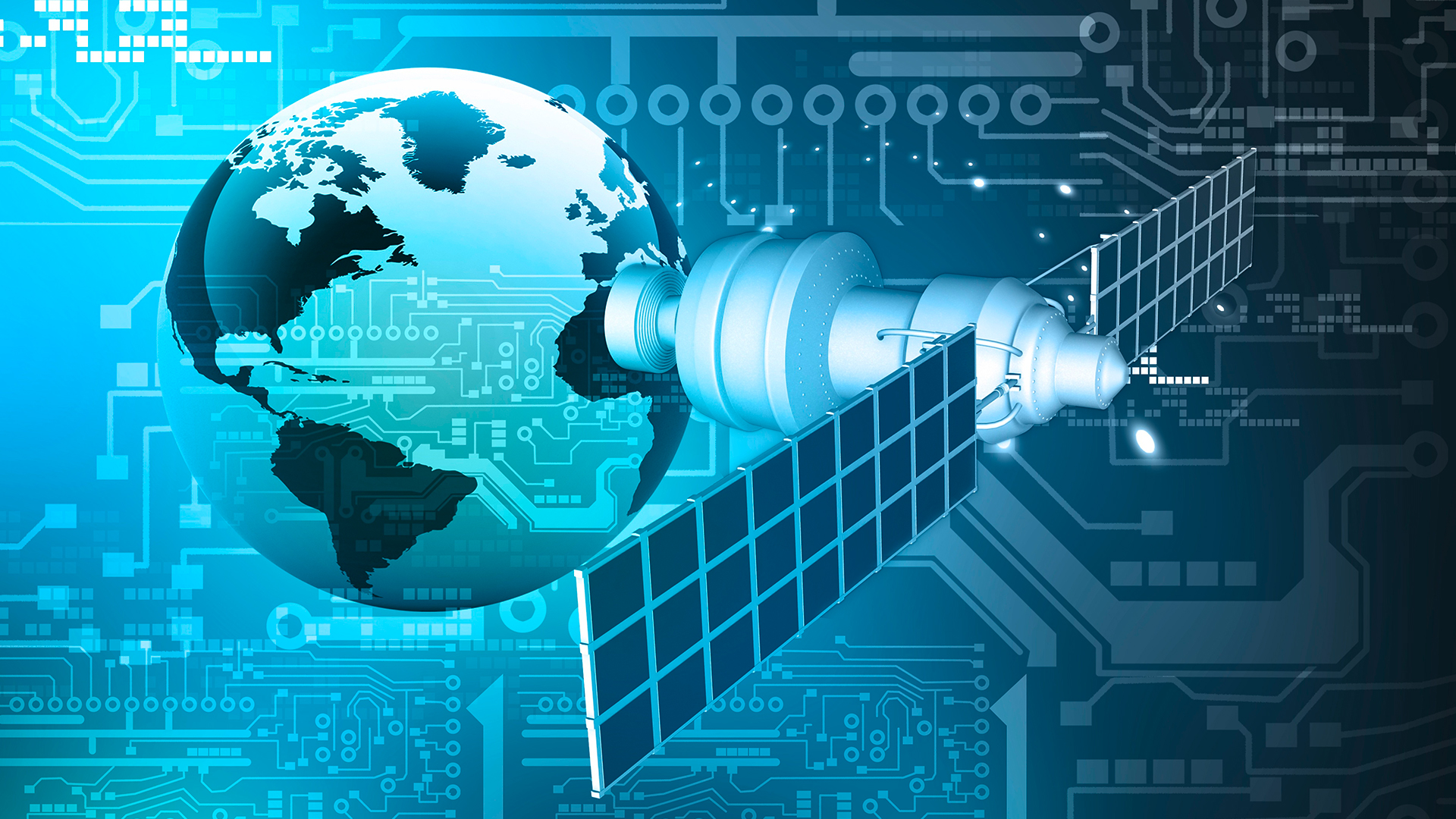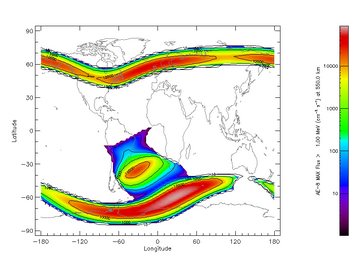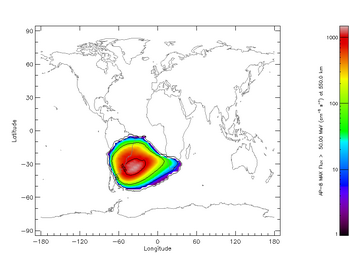Space Radiation Environment Definition
Understanding the intricacies of the space radiation environment is paramount for the success of space missions and the reliability of electronic components and systems operating in space. At Seibersdorf Laboratories, we offer comprehensive services to define and analyze the space radiation environment, ensuring that your projects are equipped to withstand the challenges of space radiation.
Support of Relevant Standards
Our space radiation environment definition services adhere to industry-standard guidelines, including ECSS-E-ST-10-04 (Space environment) and ECSS-E-ST-10-12 (Methods for the calculation of radiation received and its effects, and a policy for design margins). These standards provide a framework for assessing the space radiation environment and establishing design margins to mitigate radiation effects on spacecraft and payloads.
Radiation Environment Analysis for Space Missions
We conduct thorough radiation environment analyses tailored to the specific requirements of your space mission. Our services include:
- Determination of the radiation environment for the given orbit and mission duration.
- Consideration of dominant radiation contributions, such as solar radiation, cosmic radiation, and radiation in the Earth's magnetic field.
- Utilization of models that comply with the guidelines of ESA ECSS standards to ensure accuracy and reliability.
Analytical Approaches
Based on the fluxes and fluences derived for various radiation contributions, we perform detailed analyses to assess the impact of space radiation on your mission. Our analyses include:
- Total Ionizing Dose (TID) as a function of shielding depth: Evaluating the cumulative ionizing radiation dose absorbed by materials and components within the spacecraft.
- Total Non-Ionizing Dose (TNID) or Displacement Damage (DD) as a function of shielding depth: Assessing the effects of non-ionizing radiation on spacecraft materials.
- Single Event Effect (SEE) analysis in the form of spacecraft-shielded Linear Energy Transfer (LET) spectra: Characterizing single radiation events on electronic components within the spacecraft.
Expert Guidance and Insights
Our team of radiation experts provides expert guidance and insights throughout the space radiation environment definition process. We work closely with clients to interpret analysis results, identify potential risks, and develop mitigation strategies to enhance mission success and ensure the reliability of space systems.
With Seibersdorf Laboratories as your partner, you can trust our expertise and commitment to excellence in defining and analyzing the space radiation environment for your space missions. Contact us today to learn more about our services and how we can support your next venture into space.


